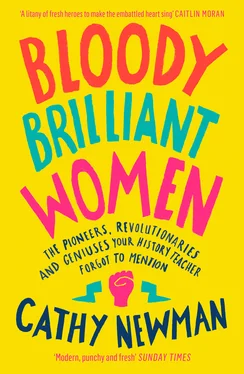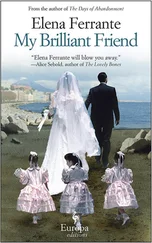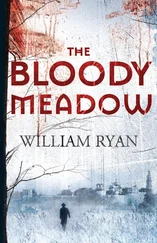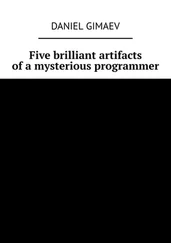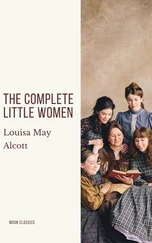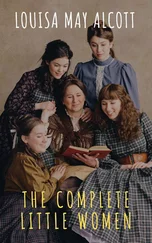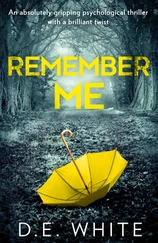So Anderson enrolled as a nursing student at Middlesex Hospital, where she won round doubters with her competence, learned what she could from those doctors who were prepared to teach her and sneakily attended classes intended for male students only. To earn a medical degree, however, Anderson had to find a university that would allow her to matriculate. She applied to numerous English and Scottish medical schools, only to be refused entry on bizarre gender grounds. Her rejection letter from Aberdeen is priceless:
I must decline to give you instruction in Anatomy … I have a strong conviction that the entrance of ladies into dissecting rooms and anatomical theatres is undesirable in every respect, and highly unbecoming. It is not necessary that fair ladies should be brought into contact with such foul scenes – nor would it be for their good, any more than for that of their patients.68
Frustrated, she spotted a loophole at the Society of Apothecaries, which didn’t specifically forbid women sitting their exams. As it happened, the Society changed its rules to exclude women shortly afterwards, but the licence Anderson acquired allowed her to apply to a medical school in Paris where women were accepted. She obtained her degree in 1870, teaching herself French in order to do so, and returned to England to take up the post of chief medical officer at a children’s hospital.
The following year, Elizabeth married James G. Skelton Anderson, the managing director of the Orient Steamship Company, in an unconventional ceremony in which she refused to say that she would ‘obey’ him. With his financial help she founded the New Hospital for Women in London, which had an all-female staff, and she worked there between 1886 and 1892, remaining the dean until 1902.
Several other Victorian female doctors went on to found hospitals after jumping through numerous hoops to qualify. Sophia Jex-Blake was one. A rival of Garrett Anderson’s, she founded both a hospital and a school of medicine for women in Edinburgh. But she did so in the face of quite extraordinary discrimination.
Born in Hastings, Sophia had been working without pay at Queen’s College, London as a maths tutor because her father, a proctor at a lawyers’ society, wouldn’t allow her to accept a salary. Deciding to train as a doctor, she went first to America, where she studied briefly with Elizabeth Blackwell in New York, before returning to England when her father died in 1869. But finding a British medical school to take her was harder than she expected. The University of London, ‘of whose liberality one heard so much’, rejected her, explaining that ‘the charter had been purposely so worded as to exclude the possibility of examining women for medical degrees.’ With the help of influential friends, she lobbied to be accepted by Edinburgh, which agreed to teach her only after she had personally advertised for more women entrants to make up numbers.
Sophia and four other women started their Edinburgh course in October 1869. Several curmudgeonly tutors refused to teach them, but they quickly proved themselves as capable as their male counterparts. One of them even won a prestigious Hope Scholarship, awarded to the top four students in the year, although Sophia later complained that it had been ‘wrested from the successful candidate and given over her head to the fifth student on the list, who happened to be a man’.
The bullying Sophia and her colleagues endured in Edinburgh has passed into feminist legend. In her autobiography Sophia described how, after a meeting with the Royal Infirmary’s management team, ‘a certain proportion of the students with whom we worked became markedly offensive and insolent, and took every opportunity of practising the petty annoyances that occur to thoroughly ill-bred lads – such as shutting doors in our faces, ostentatiously crowding into seats we usually occupied, bursting into horse-laughs and howls when we approached – as if a conspiracy had been formed to make our position as uncomfortable as it might be’.69
Sophia’s fellow Edinburgh medic Edith Pechey described the treatment she endured in a letter to the Scotsman :
If we happen to meet students on our way home in the evening … [they] find pleasure in following a woman through the streets, and take advantage of her being alone to shout after her all the foulest epithets in their voluminous vocabulary of abuse … I should be very sorry to see any poor girl under the care (!) of such men as those, for instance, who the other night followed me through the street, using medical terms to make the disgusting import of their language more intelligible to me.70
The more successful the women became in their studies, the more the violence against them escalated. Mud was thrown at them and fireworks attached to the doors of their lodgings. On 18 November 1870 the women arrived to sit an anatomy exam at Surgeon’s Hall, only to find a drunken mob blocking their entry and a live sheep wandering around the room. The none-too-subtle message was that a woman was as unwelcome there as a farmyard animal. ‘The unruffled lecturer advised his class to take no notice of the animal, saying that it had more sense than those who sent it in.’
To add insult to injury, on 8 January 1872 Edinburgh’s University Court decided the university would not, after all, be awarding the women a degree. But it was okay – they were still free to study there, ‘ if we would altogether give up the question of graduation , and be content with certificates of proficiency’ (Sophia’s italics). The students tried to sue Edinburgh University for breach of implied contract. When this failed, they pursued the matter through Parliament and after three years of squabbling, during which Sophia founded the London School of Medicine for Women, achieved victory in the form of the Russell Gurney Enabling Act (1876), which obliged medical bodies to allow women to sit exams – except in surgery – and gave women the same rights as men to enter the profession.
Sophia Jex-Blake eventually sat her medical exams in 1877 at the Irish College of Physicians in Dublin. She set up her own practice in Edinburgh the following year and by the end of 1878 had treated 574 patients. From then on, women’s progress through the profession was unstoppable. In January 1882, 26 women in England were registered as having medical qualifications, rising to 477 by 1911. How absurd that it had been such a struggle.
In a sense, these clever, educated women couldn’t win. So-called New Women – with their bicycles, cheque books and eccentric desire to vote and hold down demanding jobs – were either shockingly erotic, in possession of a sex drive which was hard to control, or satirised as bluestockings: walking Punch cartoons, with their gaiters, loosely fitting skirts and, possibly, bloomers. They were in the curious position of knowing too much to be interesting to men, a position most of them enjoyed.
Elizabeth Blackwell had broken the news as early as 1881 that women had sex drives:
The radical physiological error, which underlies ordinary thought and action in relation to the evils of sex, is the very grave error that men are much more powerfully swayed by this instinct of sex than are women. From this radical error are drawn the false deductions that men are less able to resist that instinct; that they are more injured by abstinence from its satisfaction; and that they require a licence in action which forbids the laying down of the same moral law for men and women.71
This was incendiary stuff. One of the scandals of Gertrude Blood’s divorce trial in 1886 was her husband Lord Colin Campbell’s allegation that she had had four adulterous relationships, one of them with the Duke of Marlborough. Of course, only men were allowed in the public gallery to hear the details as the evidence was considered not fit for female ears. Lord Colin Campbell’s solicitor denounced her to the jury as ‘grossly sensuous, guilty of yielding to the gratification of her passions, guilty of indecency of the grossest character as to time, place and circumstances’.72
Читать дальше
